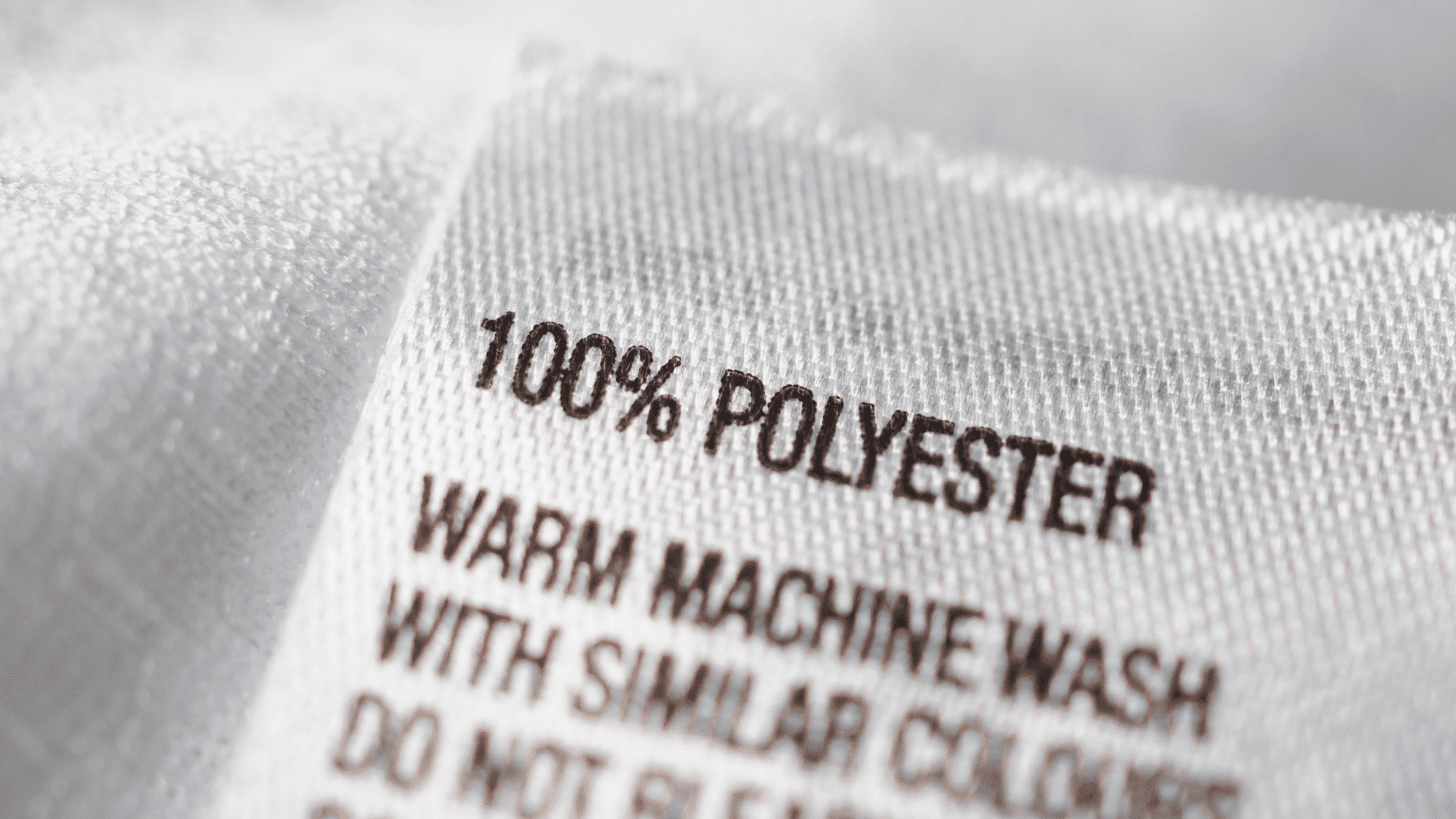The Time Before and After Polyester and it’s effect on Mankind
The polyester (Dacron) revolution has had a great impact on the world. Let’s look at it from a historical perspective and the results of the polyester revolution. First lets dive into the perspective of the manufacturers and how much they have and are benefiting financially benefiting from it. Then we will look at the consumer perspective and how it has benefited them, good or bad.
Manufacturing
Before polyester: Clothing production centered on natural fibers like linen, cotton, wool, and silk, harvested seasonally and processed through time-honored techniques. Craftspeople and skilled workers transformed these materials into garments with techniques refined over generations.
After polyester: Production shifted to chemical laboratories and factories, where petroleum-based synthetic fibers could be manufactured continuously without agricultural constraints. This industrialized approach prioritized speed and volume over craftsmanship.
Consumer Experience
Before polyester: People owned fewer, higher-quality garments that required careful maintenance but rewarded this care by lasting for years or even generations. Clothing was an investment, often mended and altered rather than discarded.
After polyester: The market flooded with inexpensive, “wash-and-wear” options that required minimal maintenance but deteriorated more quickly. This fostered a mindset of disposability and constant replacement rather than care and preservation.
Fashion and Design
Before polyester: Fashion evolved at a measured pace, with emphasis on quality construction and timeless design. Natural fibers offered authentic textures, breathability, and colors that worked harmoniously with the human body.
After polyester: Fashion cycles accelerated dramatically, with synthetic fabrics enabling mass production of trendy items at low cost. While this brought visual variety, it often sacrificed the comfort, breathability, and natural aesthetic of traditional materials.
Economic Impact
Before polyester: The textile economy supported diverse agricultural communities growing fiber crops and raising fiber-producing animals, along with skilled artisans who transformed these materials into finished goods.
After polyester: Manufacturing consolidated around petrochemical production, ultimately shifting to regions with minimal labor protections. While prices dropped, so did garment longevity, creating false economy as consumers needed to replace items more frequently.
Environmental Considerations
Before polyester: Textile production had environmental impacts, but garments eventually returned to the earth at the end of their useful life. Production volumes aligned more closely with genuine need.
After polyester: The full lifecycle costs became significant—from petroleum extraction to manufacturing emissions to non-biodegradable waste that persists for hundreds of years. Microplastic shedding introduced a previously unknown form of pollution into waterways and ultimately human bodies.
Bringing It All Together
For the average person, polyester represented a seductive but ultimately costly trade-off. The initial financial accessibility masked the higher long-term costs of constantly replacing lower-quality items. What appeared to be democratization of fashion actually created a false economy where consumers spend more over time while owning less durable goods.
The natural comfort, breathability, and durability of natural fibers were sacrificed for convenience and novelty. Meanwhile, the skills of maintaining and valuing clothing were largely lost within a generation, replaced by a cycle of purchase and disposal that serves manufacturers more than consumers.
Conclusion
Polyester’s invention didn’t just change how clothing was made—it fundamentally altered our relationship with material goods, encouraging a mindset of disposability that extends far beyond our wardrobes. The quality and longevity of natural fibers often make them the more economical choice despite higher initial costs, while providing superior comfort and minimizing environmental harm.
The wisdom of previous generations—investing in fewer, better things and caring for them properly—offers a path forward that balances personal wellbeing with planetary health. A garment that can be worn for years or even passed down represents not just financial wisdom but a more mindful approach to consumption that values craft, care, and connection over momentary convenience.

